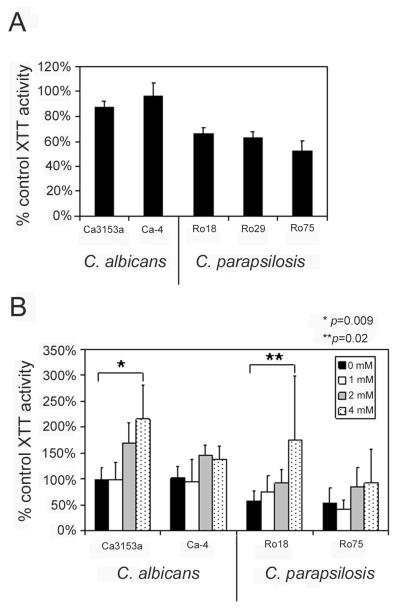Fig. 5. Contribution of oxidative mechanisms to neutrophil-mediated toxicity.
(A) To determine the inherent sensitivity of each species to oxidative stress, all strains were incubated in the presence of 1 mM H2O2, followed by XTT assay. Data are expressed as the percentage of XTT activity of yeast of the same strain incubated in the absence of H2O2. Error bars represent standard deviation. C. parapsilosis strains were significantly more sensitive to H2O2 than C. albicans (p < 0.01 for all strains). (B) Toxicity assays were conducted as described in Fig. 4 in the presence of varied concentrations of the ROS scavenger, N-acetylcysteine. Data are expressed as the percentage of XTT activity of yeast of the same strain incubated in the absence of neutrophils. Data are from 5 individual donors in a minimum of 4 individual experiments, and each was performed in triplicate. Error bars represent standard deviation. This agent led to a dose-dependent inhibition of toxicity, and statistical significance was achieved for C. albicans strain Ca3153A and C. parapsilosis strain Ro75 (* p = 0.009; ** p = 0.02). Because the quantity of neutrophils that could be obtained from an individual donor was limited, only two strains of each species were tested.

